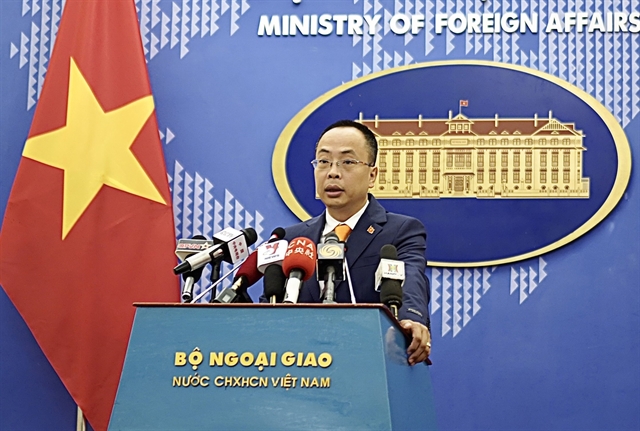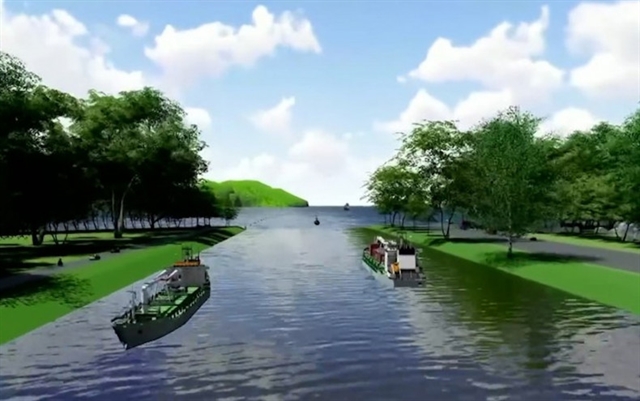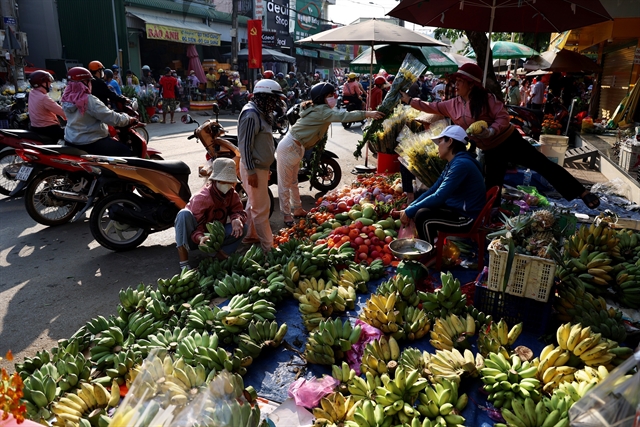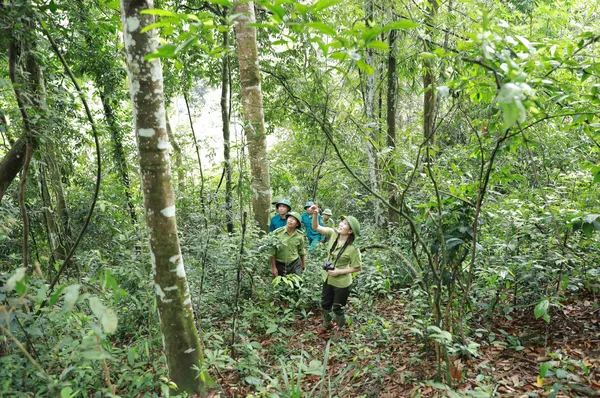 Environment
Environment

The Greater Mekong region, once the world’s most densely forested area, has lost a third of its natural forest cover and will lose another third by 2030 unless action is taken immediately, according to a new World Wide Fund for Nature (WWF) report said.
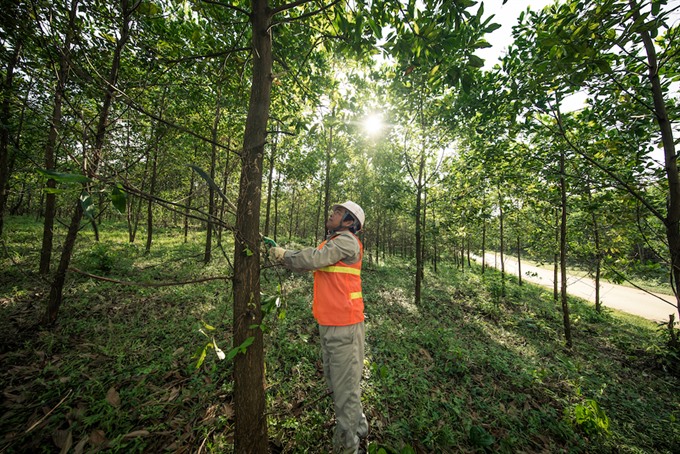 |
| The Greater Mekong region has lost a third of its natural forest cover. — VNS Photo |
HCM CITY — The Greater Mekong region, once the world’s most densely forested area, has lost a third of its natural forest cover and will lose another third by 2030 unless action is taken immediately, according to a new World Wide Fund for Nature (WWF) report.
Action must be taken to protect and restore natural forests, and promote community-led sustainable forest management and trade, it said.
The “Pulse of the Forest” report showcases both the threats and potential for forests of the Greater Mekong region, which consists of Cambodia, Lao PDR, Myanmar, Thailand and Việt Nam.
The region is one of 11 global deforestation areas that in the coming decades are projected to account for up to 80 per cent of the world’s forest loss.
These five countries could account for 17 per cent – or 30 million hectares – of global deforestation by 2030 unless serious measures are carried out.
“The Greater Mekong’s forests are turbocharged engines driving the economies and the ecosystems of Asia, but they are being lost at an alarming rate and we have to change our approach to managing them,” said Thibault Ledecq, regional forest coordinator, for WWF-Greater Mekong.
“We shouldn’t wait for others to act,” Ledecq said. “The future of the Mekong’s forests is in all of our hands.”
“The people and projects detailed in this report prove there is hope and it is possible to earn a good living while protecting the forests, wildlife and benefits of healthy ecosystems.”
The region is a laboratory for some of the most innovative community-based approaches to conserving forests, with many good examples, including smallholders in Việt Nam’s Thừa Thiên-Huế Province who have more than doubled their income from Forest Stewardship Council-certified acacia through a unique partnership with IKEA and Scansia Pacific.
Over 2,500 new species of vertebrates and vascular plants have been discovered in the forests of the Greater Mekong in the past 20 years.
In addition to hosting tigers, elephants, bears and Saola, the Greater Mekong forests provide clean drinking water for tens of millions of people and protect dozen of rivers, including the Mekong itself, which produces over 4.5 million tonnes of fish each year.
Forests also provide cloud cover and moisture to reduce the impact of drought and clean water sources for drinking, irrigation and cattle raising.
But degradation from agricultural expansion, rubber plantations, legal and illegal logging and construction of roads, dams and other infrastructure is taking a huge toll on the forests.
The result is lost incomes, poor health, mudslides that kill hundreds, and weather impact from climate change. Agriculture is also totally reliant on forests for crop and plant diversity along with healthy water supplies.
The report gives a detailed overview of the status of these forests, and outlines recommendations by WWF to ensure the survival of the Greater Mekong’s forests.
WWF suggests recognition from governments, business leaders and the public of the value of forests to clean water, carbon stock, human health and livelihoods, and the need to protect them.
Agreement from government leaders and businesses to put responsible forestry at the heart of their timber supply chains is needed.
Businesses should commit and implement zero deforestation supply chain approach, while demand from consumers and manufacturers for deforestation free products should respect and support community based industries, the report said.
“Mapping High Conservation Value Forests and understanding forest landscapes is needed to better plan where agriculture, development and plantations are placed and avoid damaging critical habitat,” the report said.
“Clear laws for sustainable forestry and public private partnerships should be released and more innovation should be provided to help communities add value (thus increasing income) to sustainable forest products,” it said. — VNS






